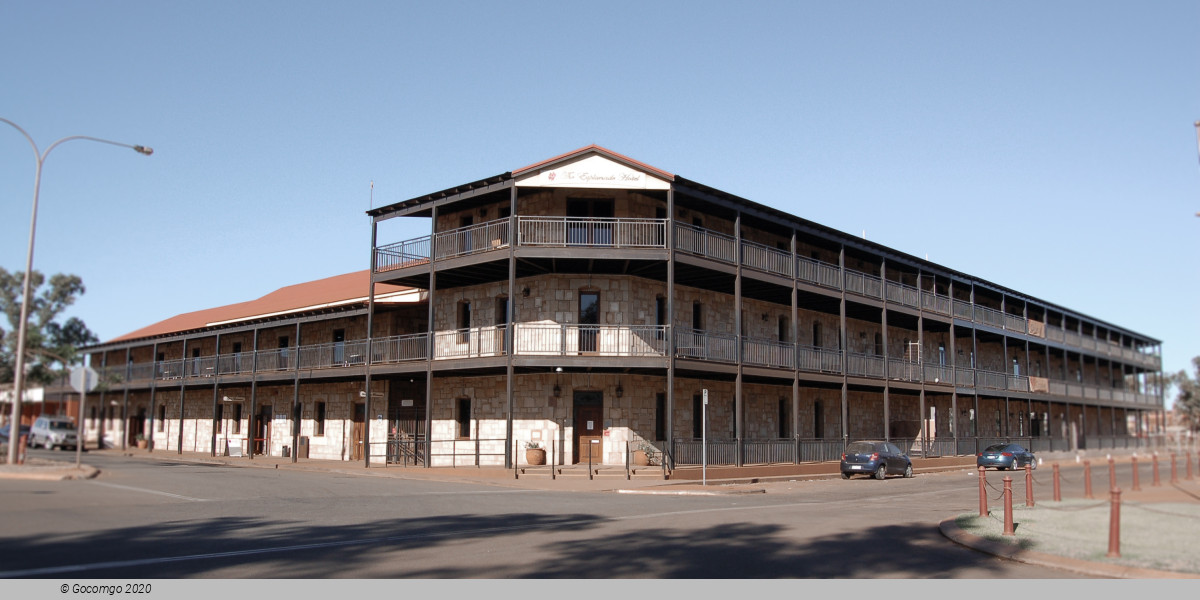Port Hedland

Port Hedland is the second largest town in the Pilbara region of Western Australia, with an urban population of 14,320 at June 2018 including the satellite town of South Hedland, 18 kilometres away. It is also the site of the highest tonnage port in Australia.
Port Hedland has a natural deep anchorage harbour which, as well as being the main fuel and container receival point for the region, was seen as perfect for shipment of the iron ore being mined in the ranges located inland from the town. The ore is moved by railway from four major iron ore deposits to the east and south of the Port Hedland area. The port exported 519,408,000 tonnes (1.1 trillion pounds) of iron ore (2017–2018). Other major resource activities supported by the town include the offshore natural gas fields, salt, manganese, and livestock. Major deposits of lithium are being developed and exploited south of the town as well. Grazing of cattle and sheep was formerly a major revenue earner for the region, but this has slowly declined. Port Hedland was also formerly the terminus for the WAGR Marble Bar Railway, which serviced the gold mining area of Marble Bar from July 1911 until closure on 31 October 1951. The locomotive from the Port Hedland to Marble Bar rail service is now preserved at the Kalamunda Historical Village in the south of the state. Located between Port Hedland and South Hedland are the large salt hills of Dampier Salt, a subsidiary of Rio Tinto. These large mounds have almost become a tourist attraction in their own right.

